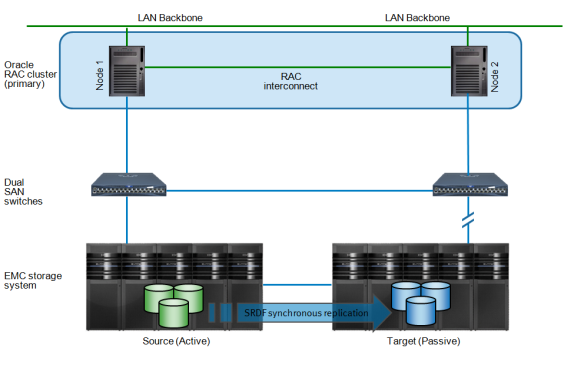 In previous posts I have focused on the technical side of running business applications (except my last post about the Joint Escalation Center). So let’s teleport to another level and have a look at business drivers.
In previous posts I have focused on the technical side of running business applications (except my last post about the Joint Escalation Center). So let’s teleport to another level and have a look at business drivers.
What happens if you are an IT architect for an organization, and you ask your business people (your internal customers) how much data loss they can tolerate in case of a disaster? I bet the answer is always the same:
“zero!”
This relates to what is known in the industry as Recovery Point Objective (RPO).
Ask them how much downtime they can tolerate in case something bad happens. Again, the consistent answer:
“none!”
This is equivalent to Recovery Time Objective (RTO).
Now if you are in “Jukebox mode” (business asks, you provide, no questions asked) then you try to give them what they ask for (RPO = zero, RTO = zero). Which makes many IT vendors and communication service providers happy, because this means you have to run expensive clustering software, and synchronous data mirroring to a D/R site using pricey data connections.
If you are in “Consultative” mode, you try to figure out what the business really wants, not just what they ask for. And you wonder if their request is feasible at all, and if so, what the cost is of achieving these service levels.






